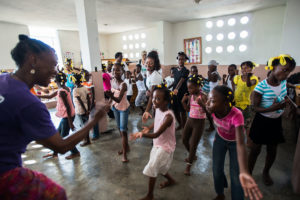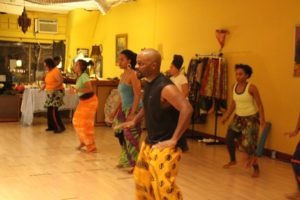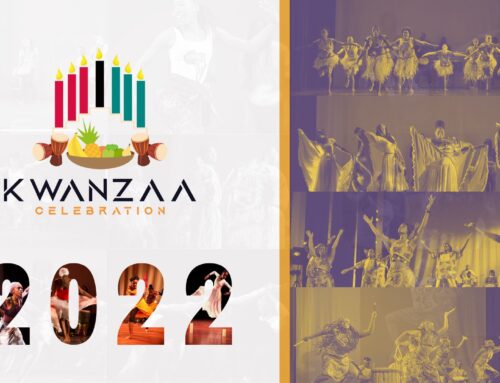The art of dance is a crucial component of many cultures, serving as a medium for expression and preservation of cultural heritage. In recent years, the call for diversity and representation within the dance community has grown, particularly with regards to Black Indigenous People of Color (BIPOC) communities. This includes representation within dance education and the role of dance educators.
The representation of BIPOC dance educators is crucial in providing access to accurate, culturally-sensitive education to students of color. Research has shown that students perform better academically when they can identify with their teachers, and the same is true for dance education. For BIPOC students, having access to BIPOC dance educators can serve as a source of inspiration, motivation, and validation of their cultural heritage.
Dance educators from BIPOC communities bring a unique perspective to dance education, combining their cultural heritage with academic knowledge to create a well-rounded education. They can provide a deeper understanding of the cultural and historical context of various dance styles, as well as their place within society. This type of education not only provides students with a better understanding of dance, but also with a greater appreciation for the cultural diversity that exists within the world.
Despite the benefits of representation, BIPOC dance educators are still vastly underrepresented within the dance education community. According to a survey by the National Endowment for the Arts (NEA), the majority of dance educators in the U.S. are white, with only 20% identifying as being a part of the BIPOC community. This lack of representation limits the cultural perspectives available to students, perpetuating the erasure of BIPOC voices within the dance community.
It is important to note that the lack of representation of BIPOC dance educators is not due to a lack of qualified candidates, but rather to systemic barriers such as institutionalized racism and implicit bias. In order to address this issue, dance institutions must make a concerted effort to increase diversity and representation within their hiring practices, and to create inclusive environments for BIPOC dance educators.
Representation of BIPOC dance educators is essential in providing students with access to accurate, culturally-sensitive education and in promoting diversity and inclusivity within the dance community. It is up to dance institutions to take action to increase representation and create inclusive environments for BIPOC dance educators.
Sources:
- National Endowment for the Arts. (2019). National Endowment for the Arts Dance: Survey of Public Participation in the Arts. Retrieved from https://www.arts.gov/sites/default/files/2019-dance-participation-report.pdf
- The Importance of Teacher Diversity. (n.d.). Teach For America. Retrieved from https://www.teachforamerica.org/stories/importance-teacher-diversity





Keep In Touch